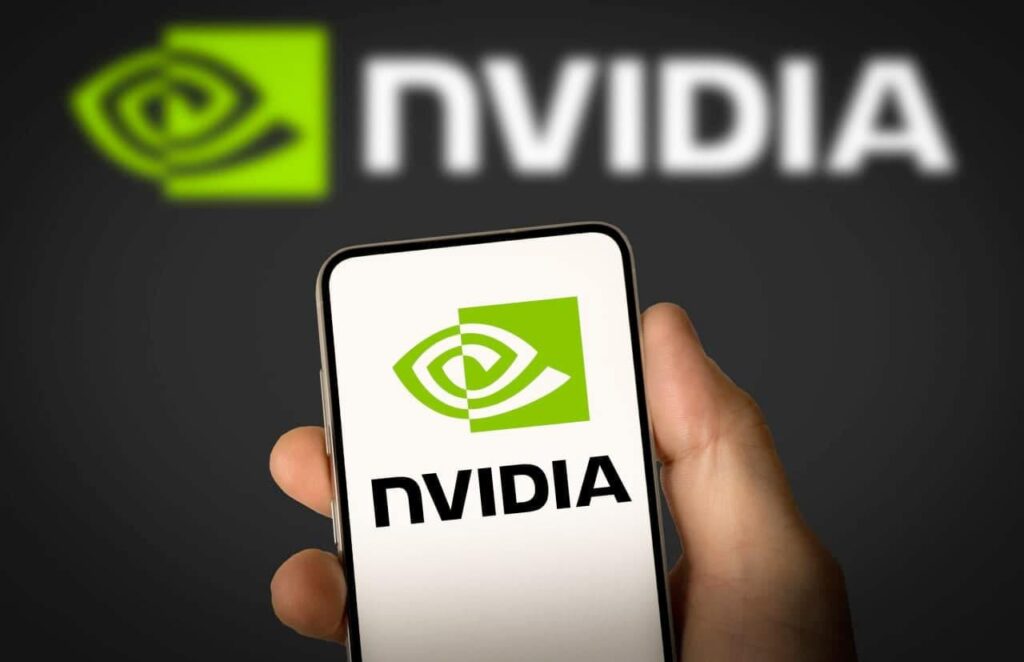Nvidia (NASDAQ: NVDA) stock has recently experienced a substantial correction, with its stock price declining by approximately 35% from its peak, now trading around $104.97.
This marks the most significant downturn for NVIDIA since the broader market pullback in late 2022.
Despite this correction, trading expert TradingShot observed in an August 8 TradingView post that NVIDIA’s price action remains within the bounds of a long-term upward channel. This suggests that, while the correction is severe, the stock is still aligned with its longer-term bullish trajectory.
NVDA technical analysis and key levels to watch
According to the analyst, NVIDIA’s recent decline is nearing the lower boundary of a long-term upward channel that began in October 2022.
This channel has consistently acted as a reliable support framework for the stock, guiding its impressive recovery since the 2022 market bottom.

Currently, NVDA’s price action is consolidating after a brief rebound, suggesting that while the correction is pronounced, the stock remains within a structured trend.
Key technical indicators, however, highlight a mixed outlook. The 200-day moving average (1D MA 200) continues to provide robust support, a trend that has been evident over the past 20 months.
Despite the recent pullback, this moving average has not been breached, signaling its importance in maintaining the stock’s long-term bullish momentum. Additionally, the Relative Strength Index (RSI) recently dipped below the 35 level, approaching oversold territory.
Historically, this level has indicated a potential bottom for NVIDIA, suggesting that the current price could be a strategic entry point for long-term investors.
The bullish divergence: A cause for caution
However, there is a technical pattern that warrants caution. The onde-day RSI is showing a bullish divergence, where the RSI is making higher lows even as the price continues to make lower lows.
Typically, this would suggest a reversal is on the horizon, but NVIDIA’s historical performance tells a more complex story. The last time a similar pattern occurred, it led to an extended decline, culminating in a decline of 44% from peak levels.
If this pattern repeats, NVIDIA could see its price decline further by another 9%, potentially testing the $80 level, which aligns with a deeper correction within the channel and offers another crucial support zone.
Timing the ‘buying’ opportunity
Given this technical landscape, the best strategy for investors may be a phased approach to buying NVIDIA stock.
The current price of $104.97 presents a compelling opportunity for those looking to capture potential upside, particularly if the stock breaks above the 50-day moving average (1D MA 50), currently around $118.
A break above this level would signal the beginning of a new bullish phase. However, it is also prudent to reserve some capital for a potential further decline to around $80, where the stock could find stronger support before resuming its upward trajectory.
Looking forward, analysts have set a price target of $190 by the end of 2024, based on a 2.0 Fibonacci extension from the current bottom. This target reflects significant upside potential from current levels, reinforcing NVIDIA’s appeal as a long-term investment.
The key to maximizing returns lies in timing the buy correctly, either at the current levels with an eye on the 50-day moving average or at a deeper correction closer to $80, ensuring that investors are well-positioned to benefit from NVIDIA’s next major bullish leg.
Investors looking to capitalize on the expected bullish momentum should consider entering the market around this support range.
Monitoring these levels closely will enable investors to make well-timed entries to maximize potential gains as NVDA prepares for a significant upward movement.
Disclaimer: The content on this site should not be considered investment advice. Investing is speculative. When investing, your capital is at risk.









